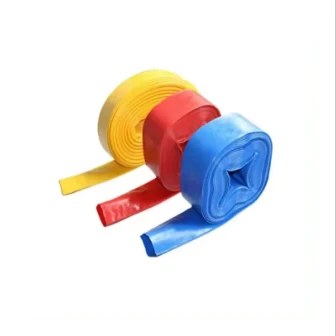
- Afrikaans
- Albanian
- Amharic
- Arabic
- Armenian
- Azerbaijani
- Basque
- Belarusian
- Bengali
- Bosnian
- Bulgarian
- Catalan
- Cebuano
- Corsican
- Croatian
- Czech
- Danish
- Dutch
- English
- Esperanto
- Estonian
- Finnish
- French
- Frisian
- Galician
- Georgian
- German
- Greek
- Gujarati
- haitian_creole
- hausa
- hawaiian
- Hebrew
- Hindi
- Miao
- Hungarian
- Icelandic
- igbo
- Indonesian
- irish
- Italian
- Japanese
- Javanese
- Kannada
- kazakh
- Khmer
- Rwandese
- Korean
- Kurdish
- Kyrgyz
- Lao
- Latin
- Latvian
- Lithuanian
- Luxembourgish
- Macedonian
- Malgashi
- Malay
- Malayalam
- Maltese
- Maori
- Marathi
- Mongolian
- Myanmar
- Nepali
- Norwegian
- Norwegian
- Occitan
- Pashto
- Persian
- Polish
- Portuguese
- Punjabi
- Romanian
- Russian
- Samoan
- scottish-gaelic
- Serbian
- Sesotho
- Shona
- Sindhi
- Sinhala
- Slovak
- Slovenian
- Somali
- Spanish
- Sundanese
- Swahili
- Swedish
- Tagalog
- Tajik
- Tamil
- Tatar
- Telugu
- Thai
- Turkish
- Turkmen
- Ukrainian
- Urdu
- Uighur
- Uzbek
- Vietnamese
- Welsh
- Bantu
- Yiddish
- Yoruba
- Zulu

jan . 26, 2025 04:27 Back to list
hydraulic hose sizes


The dash size, often marked as -xx, is a concise representation of the hose size based on its ID in sixteenths of an inch. For instance, a dash 16 hose means it has an ID of one inch. This dash size is crucial for engineers and technicians as it provides a standardized method to select the appropriate hose for their application. Crafting an effective hydraulic system necessitates authoritative knowledge on fitting compatibility. The relationship between hoses and fittings goes beyond dimensional matching—consideration of material compatibility, pressure ratings, and environmental exposure is crucial. An experienced technician understands that a well-matched hose and fitting combination enhances reliability and ensures system longevity. An often overlooked aspect is the experience-driven insight into hose assembly. The technique and understanding involved in creating a hose assembly can markedly affect system efficiency. Factors such as the bend radius, abrasion resistance, and flexibility must be weighed to prevent pre-mature failure or inefficiencies. Trust in hydraulic hose sizing comes from professional assessments and attention to detail. Regular audits and system checks remain indispensable practices for maintaining hydraulic systems in prime condition. Understanding and keeping abreast of industry standards and regulations fortifies trust in the hydraulic components selected and installed. In summary, the astute selection of hydraulic hose sizes goes beyond numbers and specifications; it encompasses an experience-informed approach that ensures reliability, efficiency, and safety. With the correct application of sizing knowledge and standards, your hydraulic system will operate smoothly, sustaining productivity and reducing operational costs. Navigating these complexities effectively earmarks one as not just skilled, but an authoritative figure in hydraulic system management.
Latest News
Steel Wire Reinforced Hydraulic Hose SAE 100 R1 / EN853 1SN S
NewsOct.17,2024
Two Layers Steel Wire Reinforced Hydraulic Hose SAE 100 R2 / EN853 2SN
NewsSep.03,2024
Textile Braid Reinforced Hydraulic Hose SAE100 R3+R6
NewsSep.03,2024
Textile Reinforced Hydraulic oil Suction Hose with embedded Steel Wire SAE 100 R4
NewsSep.03,2024
Single Wire Braid and Textile Covered Hydraulic Hose SAE 100 R5
NewsSep.03,2024
High Pressure Thermoplastic Hydraulic Hose SAE 100 R7 / EN855 R7 - SAE 100 R8 / EN855 R8
NewsSep.03,2024
Heavy Duty Four-layer Steel Wire Spiral Reinforced Hydraulic Hose SAE100R9+R10+R12
NewsSep.03,2024
Heavy Duty Multi-layer Steel Wire Reinforced Hydraulic Hose SAE100R13 SAE100R15
NewsSep.03,2024
Latest Products










